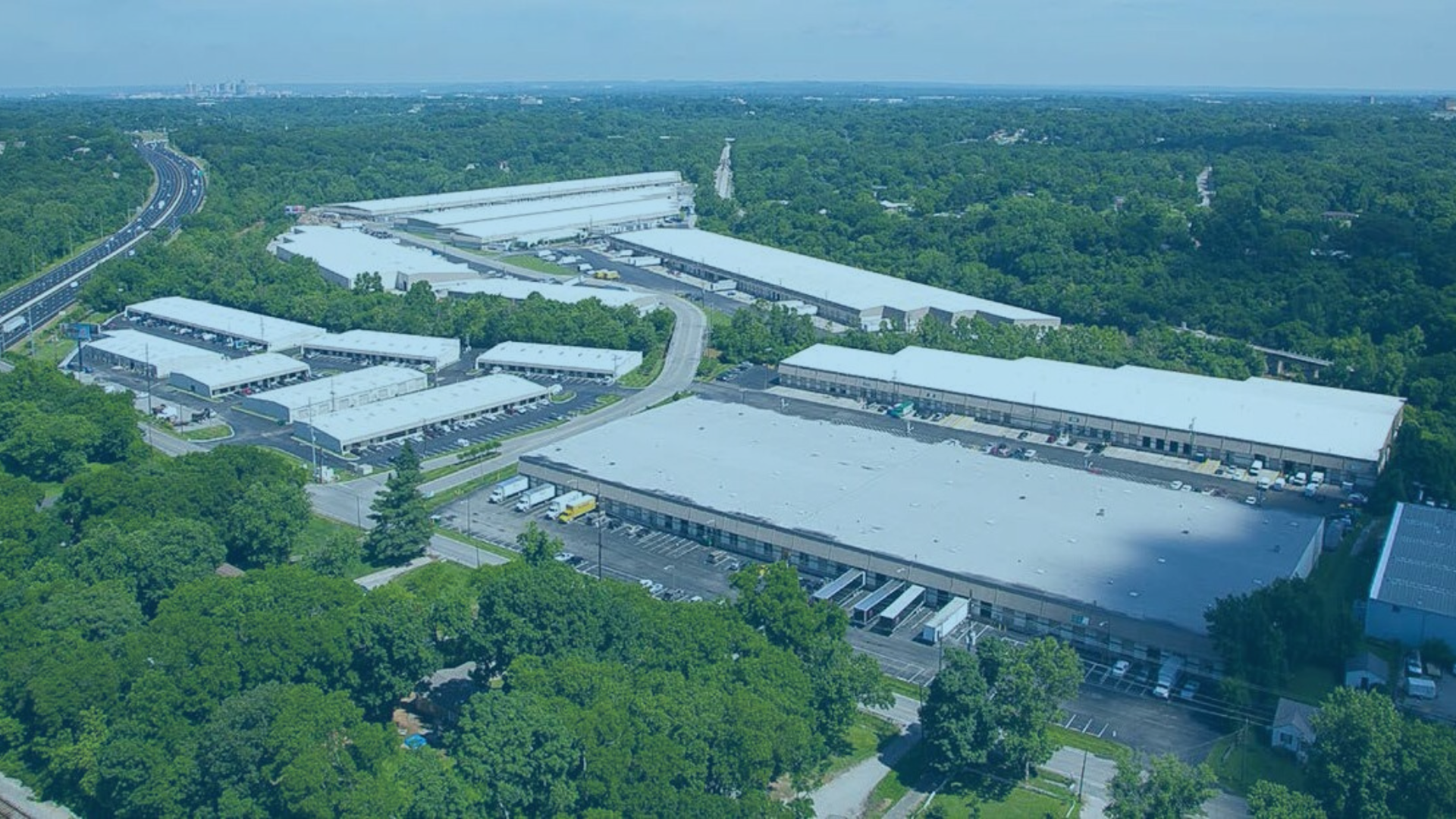Commercial Real Estate Investing in 2021
2020 has been a wild year for investing in general.
While the economy overall has experienced wild and unpredictable ups and downs, commercial real estate as a whole has remained relatively stable.
And there are many factors contributing to that:
Supply and demand was even-keeled prior to the pandemic
Many investors had a significant supply of dry powder on the sidelines
And interest rates have remained low
Each of which has contributed to investor confidence in this asset-type.
Here’s what we see for commercial real estate investing in 2021 based on our market experience and data from PwC and the Urban Land Institute.
Emerging Real Estate Trends for 2021
Ghost Kitchens
Ghost kitchens were steadily growing in popularity prior to the pandemic and have really taken off thanks to our massive shift toward online ordering.
These restaurants are essentially catering kitchens, which can be shared between multiple concepts or are small enough for a single group, designed solely to serve to-go and delivery food orders.
The lack of dining space allows restaurateurs to affordably open and test new concepts before spending 6 or 7-figures on a build-out and signing long-term leases.
Much like the food truck revolution, ghost kitchens have opened the door to many new food concepts that we may not have otherwise seen.
Last-Mile Distribution
Like ghost kitchens, last-mile distribution was also trending prior to COVID due to increased demand for online shopping.
These properties are the final stop for deliveries before they head off to the residences and offices of the recipients, so they’re often located within the urban core or strategically placed in high-density areas in order to reach the maximum population.
Many retailers, such as Walmart, are also retrofitting their existing stores to serve as these product distribution hubs so that they can maximize their current real estate holdings.
Micro-Units
Micro-units are small, efficient suites designed to give the user the bare essentials and none of the fluff.
Since they’re significantly smaller than traditional units, often in the 200 to 400 square foot range, micro-units are far more affordable on a monthly basis for the lessee while the owners can charge higher prices per square foot.
And multifamily isn’t the only asset class seeing a rise in these suites - office, restaurants, and retail will also grow in popularity.
CRE Tech
Prop tech is an ever-growing category designed to increase the efficiency of building and asset management.
Commercial real estate has largely remain unchanged for decades, positioning it well for such technological adaptation. These adaptations can be as simple as the reduction and elimination of physical signatures to smart building software monitoring many points of data to increase the operational efficiency of a building.
But the digital realm isn’t the only sector that will see an advancement in CRE tech - keep an eye on construction materials and designs, such as modular or pre-fab construction, as new advancements cut down on costs and shorten timelines.
Multifamily Conversions
Converting other types of buildings into multifamily apartment complexes for rent has grown increasingly popular as construction costs have risen.
Malls, factories, office buildings, and hotels make ideal candidates for traditional, micro, affordable, and senior living concepts since they’re generally located within already desirable areas.
These conversions can often have a unique character about them, considering their history, and are generally less expensive on a cost per door basis than new construction units.
Where should you focus?
Investors are always looking to reevaluate the markets in which they invest.
After all - if there are greener pastures, wouldn’t you want to know?
This cycle, we’ve seen a significant shift toward 18-hour cities. These metros are not quite on the New York City / LA scale, but offer attractive lifestyles, employment opportunities, and magnetic culture at a far more affordable rate.
18-hour cities include:
Austin, TX
Nashville, TN
Charlotte, NC
Raleigh / Durham, NC
Salt Lake City, UT
Denver, CO
Seattle, WA
Portland, OR
Notice the concentration of 18-hour cities in the Southeast - that’s where the markets seem to be gaining traction.
Best Places to Buy Commercial Real Estate in 2021
Well, the top three markets, according to the Urban Land Institute, are:
Raleigh / Durham, North Carolina
Austin, Texas
Nashville, Tennessee
Like I said, there’s an interesting emerging trend toward the Southeastern United States. All three of these urban centers are considered “18-hour cities” with a high concentration of education.
These cities each have their own distinct culture, which has been successful in attracting and retaining the millenial workforce, and are relatively affordable compared to most major metros.
Note, too, that Nashville and Austin are both in states with no income tax, which is why they have both become so popular for investors leaving high-tax urban centers such as LA, San Francisco, Chicago, and New York.
Sectors to Second-Guess
While commercial real estate, as a whole, is performing exceptionally well, considering our market conditions, not all sectors are firing on all cylinders.
However, that doesn’t mean their outlook is abysmal - it simply means that investors and developers should be careful when making certain investments.
Here are the sectors in which we recommend erring on the side of caution.
Hospitality
Hospitality has taken a huge hit during shutdowns due to the unprecedented drop in global travel.
This sector includes hotels, motels, and short-term rentals that are designed and intended to house the traveling population.
While we definitely think that hospitality will come roaring back, since there’s likely to be a pent-up demand for travel, prospects in the next two to three years are rough, considering many lenders aren’t keen on adding this asset class to their portfolio.
However, with many hospitality groups defaulting on their loans, that could create an opportunity for well-positioned investment groups.
Class A Office Space
While office space isn’t struggling nearly as much as the headlines would like you to believe, Class A office space could be a bit of a risky investment in the next two or three years.
These tenants, which are primarily corporate, have the wherewithal to simply tell landlords, “we’re not paying rent. Sorry about it.” and pass the torch along to their attorneys. While we haven’t seen much of these situations happening yet, they’re certainly looming on the horizon as these corporations re-evaluate their liabilities.
And, with a larger workforce, these businesses can open themselves up to legal liabilities if they open their doors and their workforce catches COVID, hence the major shift to work from home.
Class A office space isn’t going anywhere - there’s simply far too much synergy and simplicity by having teams working together in the same location, but be prepared for some major changes to the way we look at office work environments.
Big-Box Retail
It’s no surprise that big-box retail is still on this list - it’s been dying a slow death for over a decade now.
The pandemic forced people to adapt to online ordering to avoid in-person shopping, strengthening the grasp that online retailers, such as Amazon, have on the retail market.
With the massive amount of overhead and difficulty drawing traffic, it’s inevitable that traditional big-box retailers will go by the wayside.
However, retailers like Walmart are pivoting to curb this demand for online shopping and same-day shipping by utilizing their existing storefronts as distribution hubs for online delivery and pick-up.
There’s also quite a bit of opportunity in these shopping centers for creative investors that are willing to take the risk of large vacant spaces. After all, they can be converted into:
Churches
Gyms
Distribution and warehousing facilities
And so much more
High-Tax Urban Centers
We’ve witnessed a tremendous amount of interest in secondary markets from investors located in primary markets since the beginning of the pandemic.
Here in Nashville, we’re fielding a number of calls from investment groups out of Los Angeles, San Francisco, Chicago, and New York that are looking to move their capital out of these urban centers with higher tax rates and rent control.
This exodus has largely moved into Florida, Tennessee, and Texas - three states that have zero income tax, more temperate climates, and cities with magnetic culture.
Pay attention to those blue cities within red states, as they seem to be gaining all of the momentum.
Commercial Outlook for 2021
Retail Will Continue to Adapt
Subsections of retail are actually performing well in certain parts of the country.
Neighborhood retail seems to be holding strong, despite shutdowns and online shopping, because it offers the every-day conveniences of nearby residents and the goods that shoppers may need to touch and feel prior to purchasing.
Big-boxes will continue to shift toward newer uses, including mixed-use redevelopments, to provide a more “live, work, play” atmosphere.
Office Space is Not Dead
While Class A office space may struggle, Class B and Class C are performing exceptionally well.
Coworking space, though controversial at times, and micro-office units will continue to grow in popularity as more and more entrepreneurs start online businesses and seek a location where they can work distraction-free.
Office space is still a status symbol - we as a society simply don’t take businesses without physical locations as seriously as those that do. Will that change at some point? Quite possibly - but for now it rings true.
And, at the end of the day, it’s incredibly difficult to build a team culture without that basecamp.
Industrial Distribution is Strong
Someone has to fulfill all of the shipping, fulfillment, and distribution for all of this online shopping and industrial real estate has stepped up to the plate.
Increased consumer demand for same-day and next-day shipping will force online retailers to not only occupy distribution hubs within close proximity to their customers, but they also need to hold more stock on-hand, potentially increasing their spatial needs.
Multifamily Will Continue to Grow
Multifamily properties have caught the eye of many investors as more and more of the population chooses renting over homeownership.
And as baby boomers reach retirement age, they’re choosing to live in more urban, walkable areas instead of out in the suburbs, which can give residents a better sense of community.
Affordable housing will likely be the next wave in multifamily investing since the government essentially instituted rent control on landlords with eviction moratoriums despite uncollected rents. This housing brings a more certain guaranty of payment to landlords and serves a growing need as housing becomes more and more expensive.
About the Author
Tyler Cauble, Founder & President of The Cauble Group, is a commercial real estate broker and investor based in East Nashville. He’s the best selling author of Open for Business: The Insider’s Guide to Leasing Commercial Real Estate and has focused his career on serving commercial real estate investors as a board member for the Real Estate Investors of Nashville.

![Commercial Real Estate Investing in 2021 [Trends, Markets, & Outlook]](https://images.squarespace-cdn.com/content/v1/5c115fec9d5abbba78a23c93/1607376533188-P5QN8W20X5QKW1WVYFOP/Commercial+Real+Estate+Investing+in+2021+THumbnail-01-01.jpg)













If you're serious about real estate investing, it's time to look beyond those quaint single-family homes.
Bold statement? Absolutely. But stick with me here.
Now, don't get me wrong. Investing in a single-family home beats twiddling your thumbs on the sidelines of the real estate game. And yes, I'll even go out on a limb and say that residential real estate still outshines many other investment vehicles out there.
But that's not why we're here today, is it?
I'm about to lay out five reasons why commercial real estate should be your go-to play.